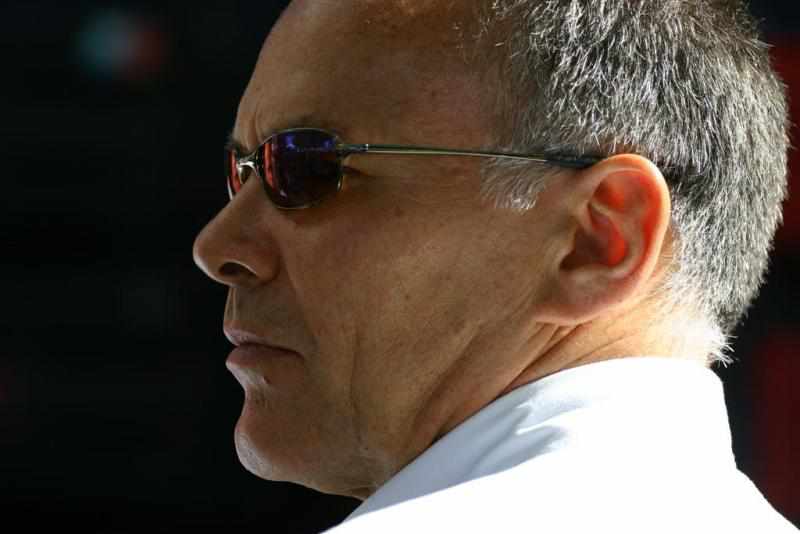
With the announcement on February 24, 2009 of their intent to contest for the FIA Formula 1 World Manufacturers Championship in 2010, Peter Windsor and Ken Anderson have turned rumour to reality. USF1 is a go and now the race begins to be ready for action, they have 10-months to prepare for their first official test in January 2010.
With a clean sheet of paper and their combined experience and knowledge of motor sport, I think they will be up for the task at hand. During the press conference held on SpeedTV they indicated that this project has been in the works for a few years now. Only changes in FIA F1 regulations and the recession we currently enjoy, have made it possible to proceed, according to the two founders. While current race teams and automotive manufacturers fight to reduce costs and prepare for harder financial times, these two mavericks see opportunity. I find wisdom in their logic, today is a good day to start a Formula 1 team.

We will begin by looking at the challenges facing current Formula 1 teams. The recession has brought about a reduction in promotional budgets available for sponsorship, some companies (mostly financial organizations) have already announced their departure from the sport. This will affect the current operating budgets and force teams to adjust to the new economic reality. Reductions in staffing and salaries will result as the available revenue from sponsors grow smaller. As anyone who has run a business will attest, reducing operating costs is an expense, in time, effort and money. In essence you are investing today for future savings.
Currently, the top half of the Formula 1 grid are automotive manufacturers. The teams are not customers for product and services, they are part of the companies involved. With the decline in the automotive industry this will put added pressure on senior management to justify the expense of owning and operating a Formula 1 team. If the parent company is not making money, it will be difficult to find support for continued investment. Honda is an excellent example. poised to make their step back into the upper-echelon of the sport, they have put their Formula 1 team up for sale.
Does this activity mark a turning point in Formula 1? I think Peter Windsor and Ken Anderson believe it will. I think they see the beginning of a new era of Formula 1, an era that will see the return of the independent racing team to Formula 1. Manufacturers have always played in Formula 1, they come and go at their pleasure. (Ferrari is the exception, they are a race team that sells expensive road cars to support their race efforts). During the last decade, automotive manufacturers have taken active ownership of Formula 1 teams, Mercedes, BMW, Honda, Toyota and Renault all own a stake in Formula 1 teams. Ford did until a few years ago when they sold their Jaguar branded team to Red Bull.
During this period we saw a decline in the independent team being competitive as auto manufacturers poured big bucks into the sport. Only Williams has survived without involvement of a major brand, they have not been competitive since the nineties. Gone are Minardi, Arrows, Ligier, Prost, Jordan and Tyrell. They have been replaced by Red Bull, Kingfisher Breweries (Force India) major corporate brands. In this time of profitability, investment in a team was a better option than sponsorship. Are those days coming to an end?
Peter Windsor and Ken Anderson may believe this to be true, they see a revival of a pure race team. A team owned and operated by racers with support from sponsors and engines supplied with a manufacturers name on it. If they are correct, USF1 will be in an enviable position on the 2010 Formula 1 grid, unburdened by the past and poised for the new future of the sport.
In part 2, we will discuss the organizational challenges USF1 will face.

